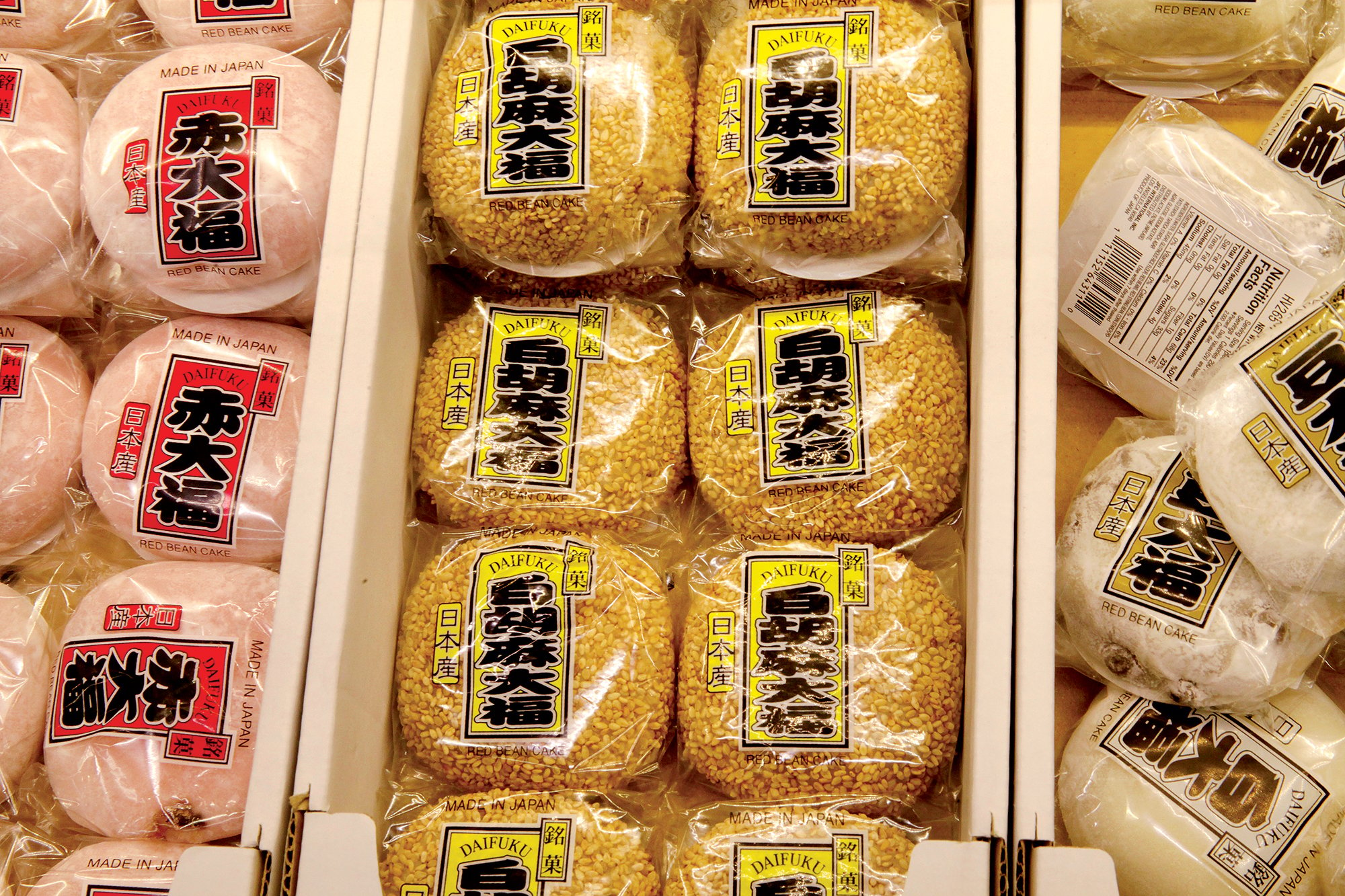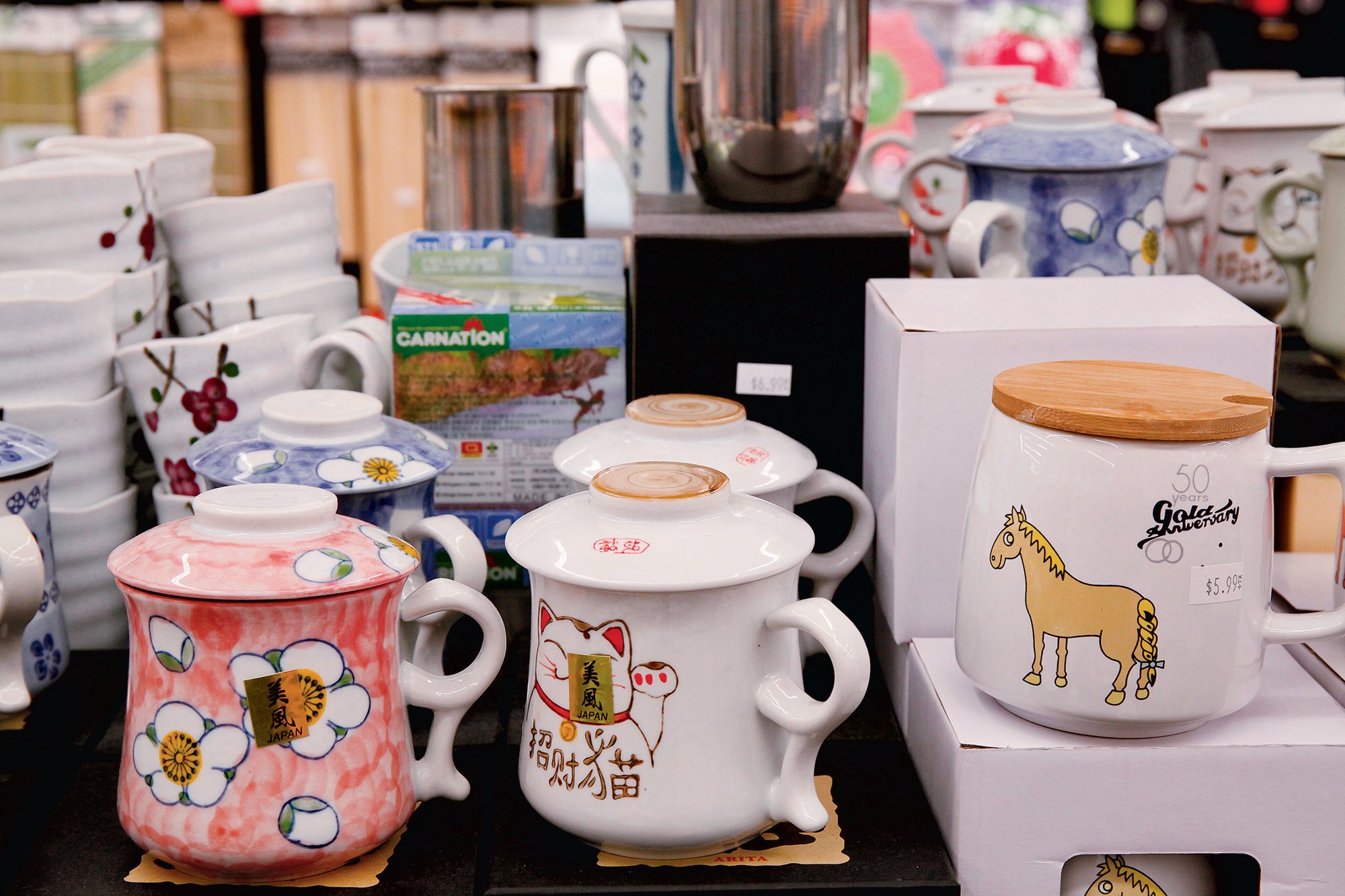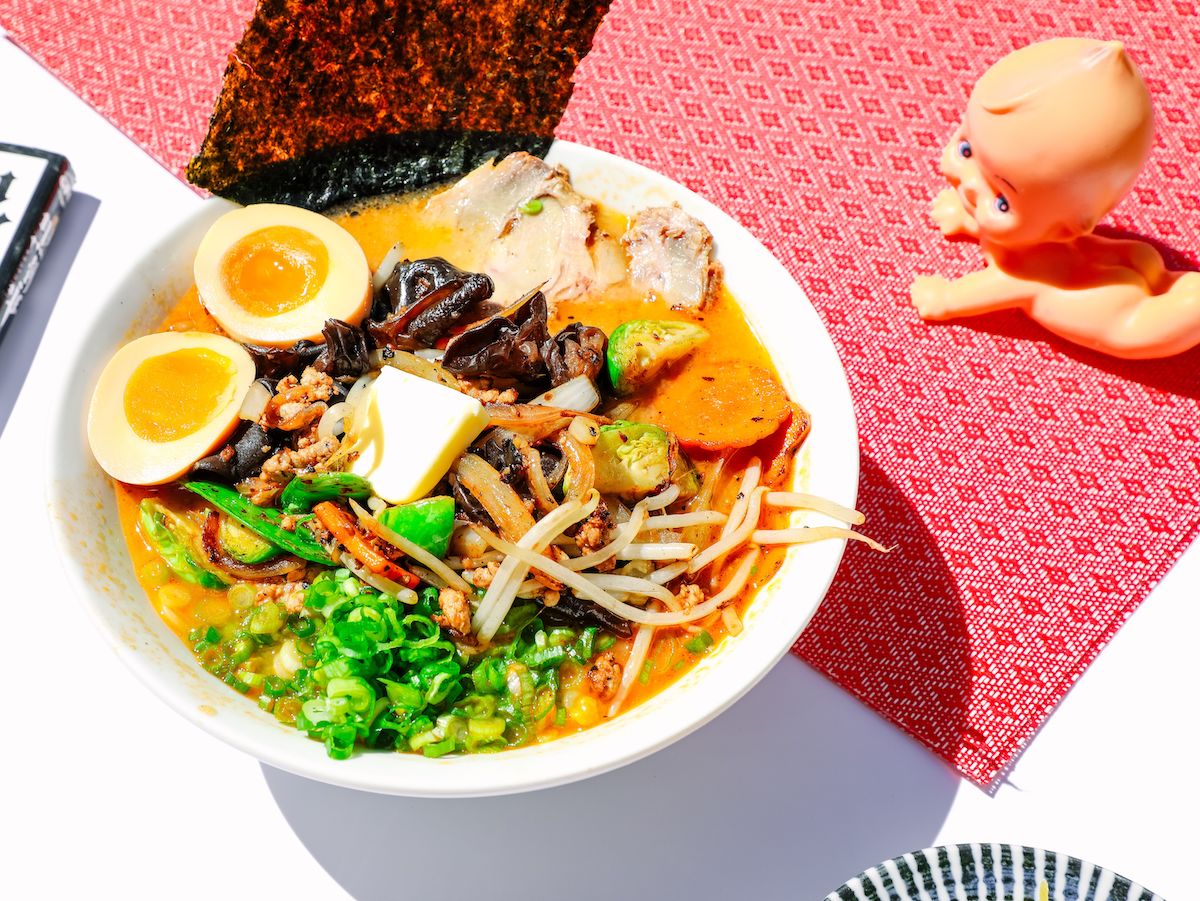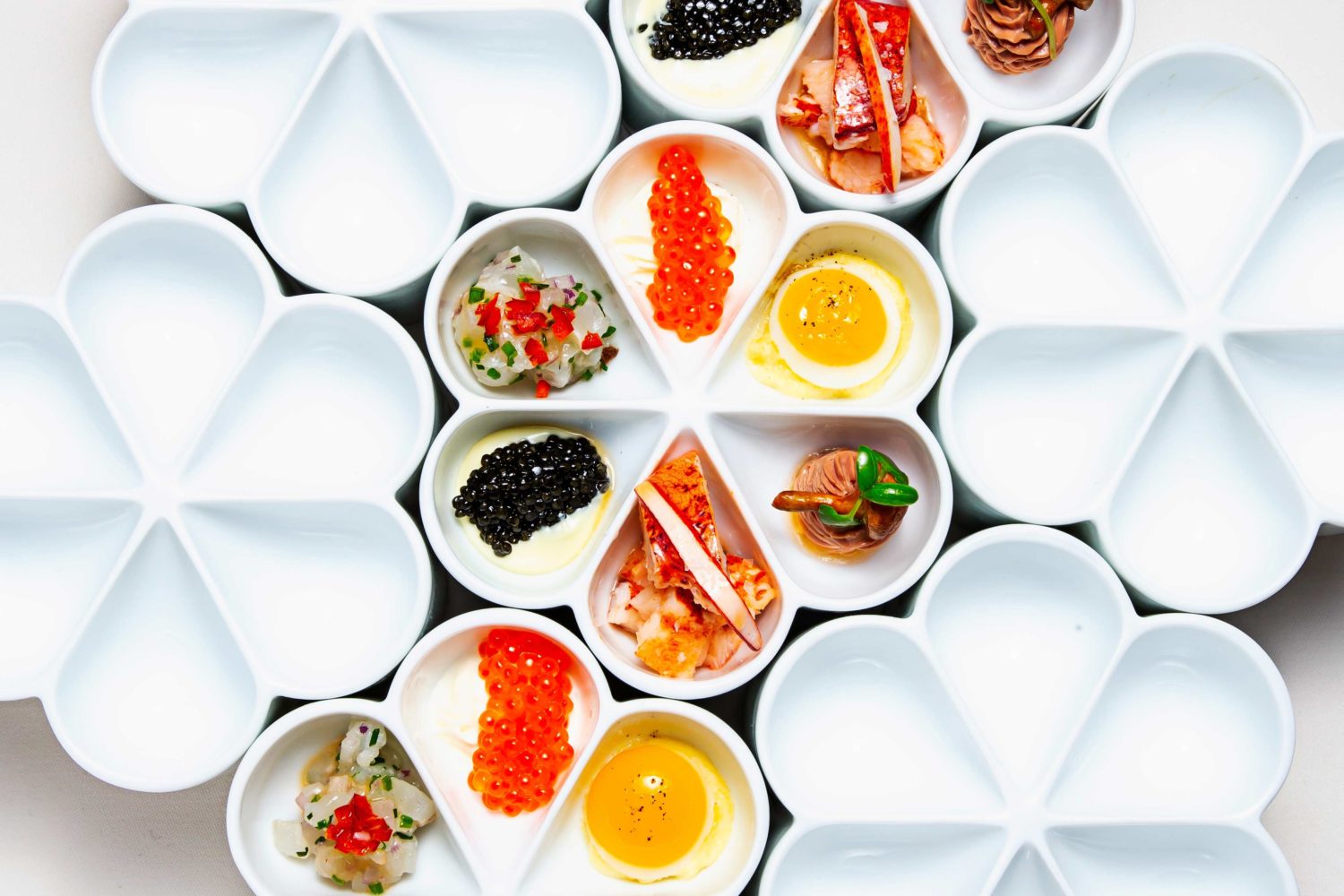To read more about how grocery stores have shaped Washington, click here.
There was a time, not so long ago, when the words “ethnic grocery” evoked a small, crowded storefront with a couple rows of goods, mom-and-pop ownership, and a single cash register up front. Things have changed. In a region transformed by immigration and globalization, Asian and international chains such as H Mart, New Grand Mart, Lotte, and Great Wall have set up stores that are liable to have as many aisles, cash registers, and parking spaces as any other suburban supermarket.
With a bounty of unconventional food now as easy to peruse as—and possibly closer to home than—your local Safeway, it’s no wonder the stores are drawing from beyond their traditional communities. We asked a few chefs and foodies to explain the appeal.
Exotic Produce, Fresh Seafood, Different Cuts of Meat
Big Asian chains typically have more emphasis on fresh foods relative to nonperishable items than some other groceries, says Jeff Metzger of Ellicott City, publisher of the trade journal Food World. The cornucopia of exotic delights—from fuzzy squash and Indian bitter melon to chicken feet and thinly sliced pork belly—is a cook’s dream.
“The produce aisles are great for inspiration,” says Noah Dan of Potomac, founder and CEO of Pitango Gelato. “Our fruit sorbets are sourced from trusted wholesalers, but for research purposes, I shop at Lotte to get an idea of what varieties of fruit are available.”
There’s also a focus on freshness in the fish aisle. “Asians in general prefer to see the whole fish—it’s easier to determine freshness when it hasn’t been cut and cleaned and fileted,” says restaurateur Daisuke Utagawa, creative director at Sushiko and a partner at Daikaya. “To guarantee absolute freshness, get it from the live tank, though be warned: Seafood in a tank can lose flavor.”
Samples! And Prepared Meals
On weekends and big shopping days, many stores lay out a spread you could almost have lunch on. There can be as many as half a dozen dining stations offering portions of pork tonkatsu, fried dumplings, spicy ramen soup, sautéed tofu. If you’re still hungry after you’ve made the rounds, pick up ready-to-eat foods typically available only at restaurants. “I like to get kimchee, spinach with sesame oil, hot anchovies, Korean sushi,” says Wilma Consul, who lives in DC and owns the personal-chef and catering service Citizen Cook.
If nothing else, it’s a cultural experience. “I’m not sure when I’m going to get the chance to travel to Korea or China or India,” says Kelly Spitzer, a lawyer and home cook in Alexandria. “But when I go into a Lotte or an H Mart, I get a taste of the culture.”
Still, culinary tourists should keep in mind: Just because a store isn’t a little mom-and-pop doesn’t mean things don’t get lost in translation. “Bring pictures with you when you shop so that you can show the store’s staff what you need—customer service is typically not a high priority, and language can be a barrier,” advises Sylvie Nguyen-Fawley, an Alexandria resident and a manager at an educational association who grew up on Vietnamese food.
The Snack Aisle
“I’m a sucker for buying products whose labels I can’t read—I enjoy the mystery of discovery,” says Dan. A stroll down the snack-food aisle yields everything from matcha-covered Pocky biscuit sticks to Milkita Creamy Shake lollipops to honey-wasabi almonds. Says Utagawa: “It’s fun to rummage around. Not everyone will like dried squid, but people should try it—it goes well with beer, and it’s full of protein.” He also likes to buy packages of seasoned seaweed: “My kids love it.”
Cool Kitchen Thingamajigs
Most supermarkets have a housewares section. Instead of Pyrex containers and egg timers, you’ll find enamel rice bowls, ceramic teapots, plastic Hello Kitty bento boxes, and bamboo-handled spider strainers. “I once found a mandoline slicer for about $20. A fancy version sells for about three times the price at Sur la Table,” says Consul.
This article appeared in the March 2018 issue of Washingtonian.
















